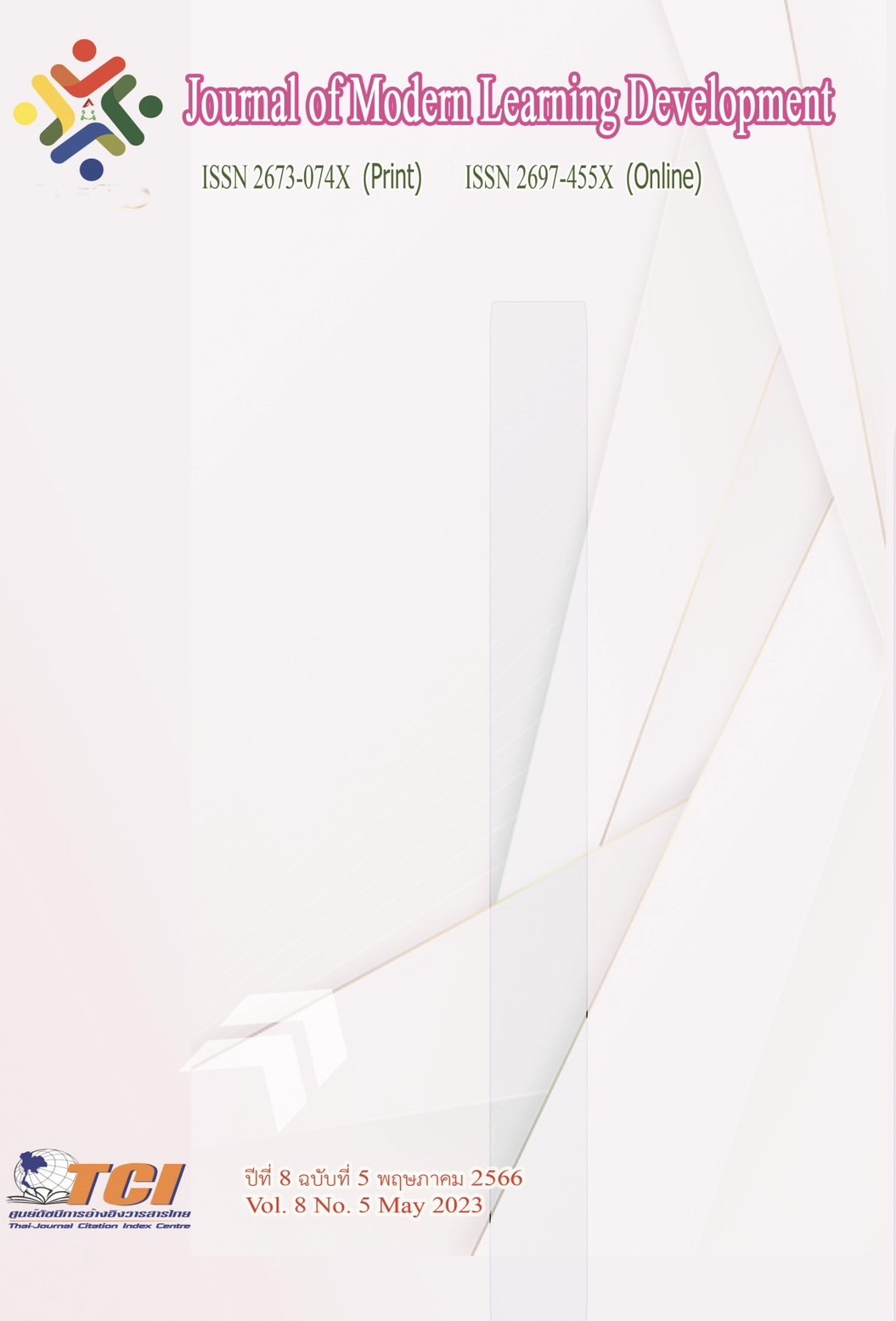Teaching Singing in Primary Schools Based on Art Curriculum Standards for Compulsory Education (2022), China
Main Article Content
Abstract
According to the "Art Curriculum Standards for Compulsory Education" (2022 edition), the training objectives of music teaching in primary schools in China take the overall training objectives of primary school compulsory education as the theme, emphasizing the aesthetic function and educational role of music education. Students learn and participate in various artistic practice activities through music courses, explore, discover and appreciate music's artistic charm, cultivate lasting interest in music, self-cultivation of beauty, the harmony of body and mind, edify sentiment, and perfect personality. Learn and master the necessary basic knowledge and skills of music, expand the cultural vision, develop the ability of music hearing and appreciation, performance and creation, and form basic music literacy. Enrich emotional experience, cultivate good aesthetic taste and positive attitude towards life, and promote the healthy development of body and mind. This article presented the teaching of singing in primary schools based on art curriculum standards for compulsory education (2022) in China.
Article Details
References
Dong, W. (2005). on the Evaluation of Music Teaching from the Perspective of Multiple
Intelligences. Journal of Xuzhou Institute of Education, (4), 23-26.
Guan, J. (2006). On the Development Paradigm and Understanding Paradigm of Music Curriculum. Journal of Nanjing Normal University, (2), 50-55.
Huang, Q. (2006). On Music Aesthetic Education and Children's Creativity Development.
Education and Profession, (9), 201-202.
Liu, Z. (2009). How to Improve preschool children's Emotional Experience in Singing Teaching. Music Life, (12), 60-61.
Lu, S. (2005). The Essence of Aesthetic Education and the Cultivation of Creative Ability.
Educational Research, (1), 245-248.
Meng, F. (2001). Curriculum Reform and Development of Music Education in the United States in the 20th Century. Chinese Musicology, (2), 87-89.
Qin, X. (2009). Primary School Music Classroom singing Teaching methods. Gehai, (4), 36-40.
Song, J. (2004). Music Education Reform with Music Aesthetics as the Core. Journal of Central Conservatory of Music, (4), 65-66.
Tan, H. (2006). Reflections on the Foundation of Curriculum Philosophy. Educational
Research, (3), 141-143.
Wang, D. (2006). Kodaly Music Education System's Enlightenment to the Implementation of the New Curriculum. China Music Education, (5), 161-168.
Wang, G. (2010). On Singing Teaching in Music Class. Occupation, (18), 78-80.
Wang, J. (2005). Art Education and the Development of Children's Creativity. Educational Research, (8), 63-69.
Wang, K. (2007). On the Role of Singing Teaching in Art Education of Primary and Secondary
Schools. Voice of Huanghe, (2), 30-32.
Wang, Y. (2010). on the application of "target-guided Learning" classroom teaching model in
singing teaching: Taking "Happy Concert" teaching as an example. Music World, (1), 135.
Xie, J. Teacher-Student Relationship: The Modern Concept of Music Education. Chinese Music Education, (7), 86-90.
Yu, B. (2006). On the Importance of Music in School Education. Music Education in China, (5), |60-61.
Zheng, R. (2009). on the Play of Students' Main Role in Singing Teaching. Chinese Out-of-
School Education, (8), 40-42.
Zhou, L. (2007). On the Singing Teaching of Music Lessons in Primary and Secondary Schools. Journal of Guilin Normal College, (4), 50-53.


